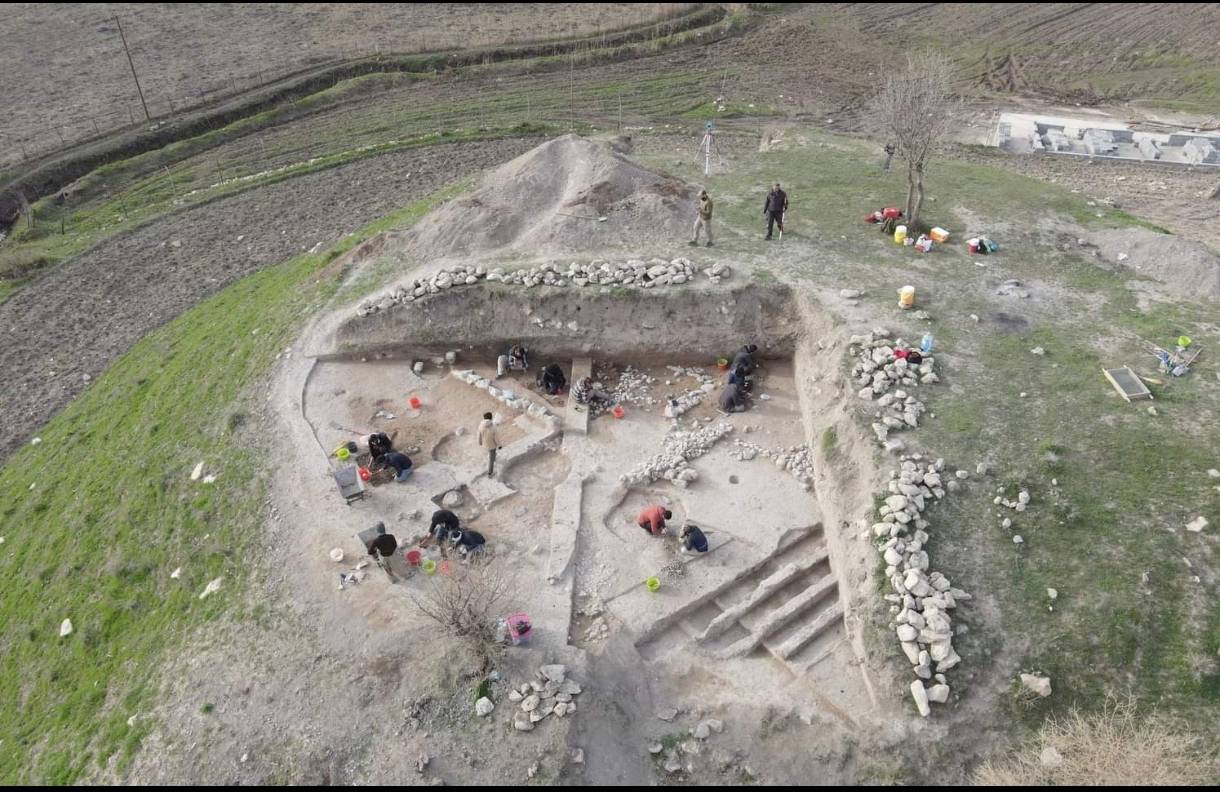Issue 6
Issue 6
240111034934.jpg)
In the Chwartaq district, there is a residential project. As per the Guidelines for the Implementation of the Law on The Management and Preservation of Heritage the Kurdistan Region of Iraq No. 5 of 2021, which were published in Al-waqa'a Al-iraqiya Newspaper (306), Number (23) on 14/7/2023, Article (10) and paragraph (3) state that if the land area for a commercial project exceeding more than (10 Acres), a test pit needs to be excavated to determine if the land is an archaeological site or not.
240128072115.jpg)
Directorate of Antiquities and Heritage of Slemani, currently has many contracts and partnerships with several foreign universities and institutes for (surveying, excavation, reconstruction and maintenance….. etc) in Slemani province.

Kani Shaie is a site located in the Bazian Valley that has been excavated by the University of Coimbra, with many collaborations since 2013. This 60m diameter mound revealed continuous occupation from the Ubaid period in the 5th millennium BCE to the Early Bronze Age in the 3rd millennium BCE
Issue 6